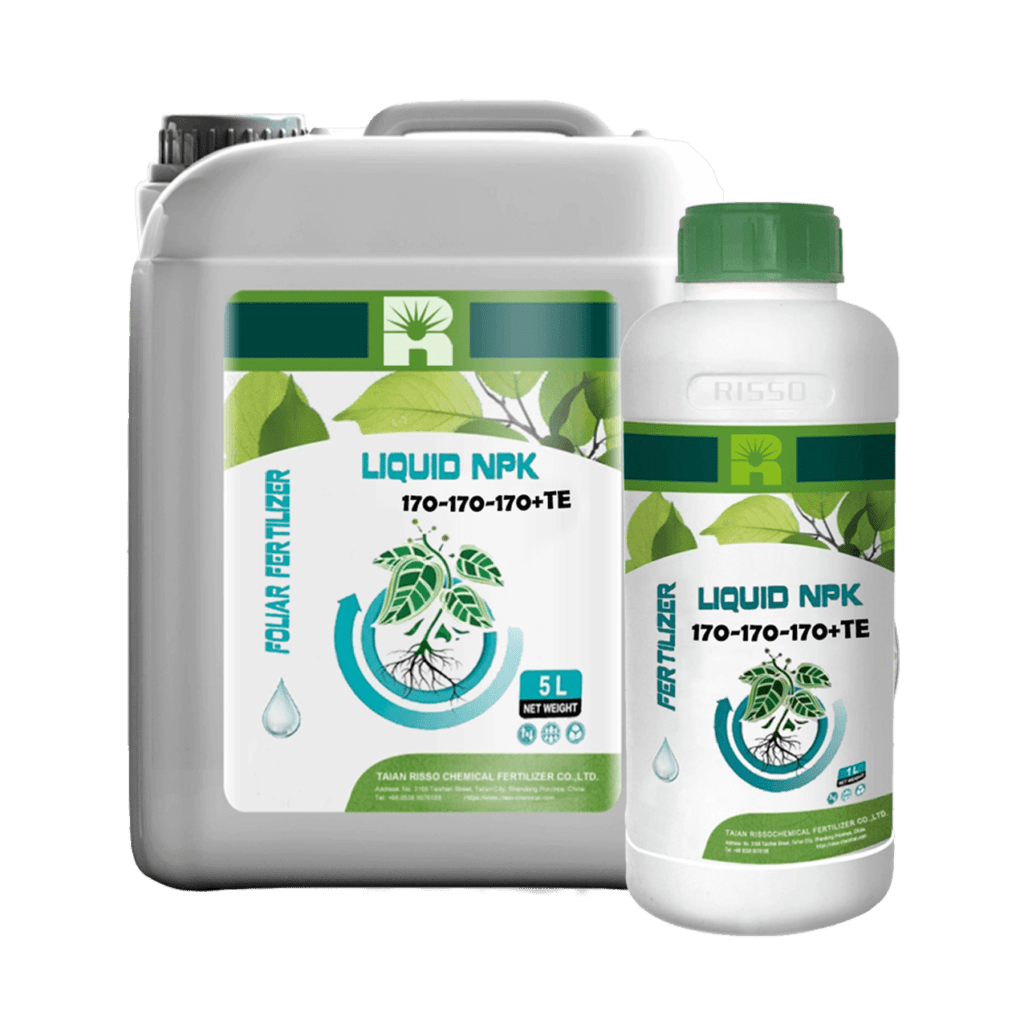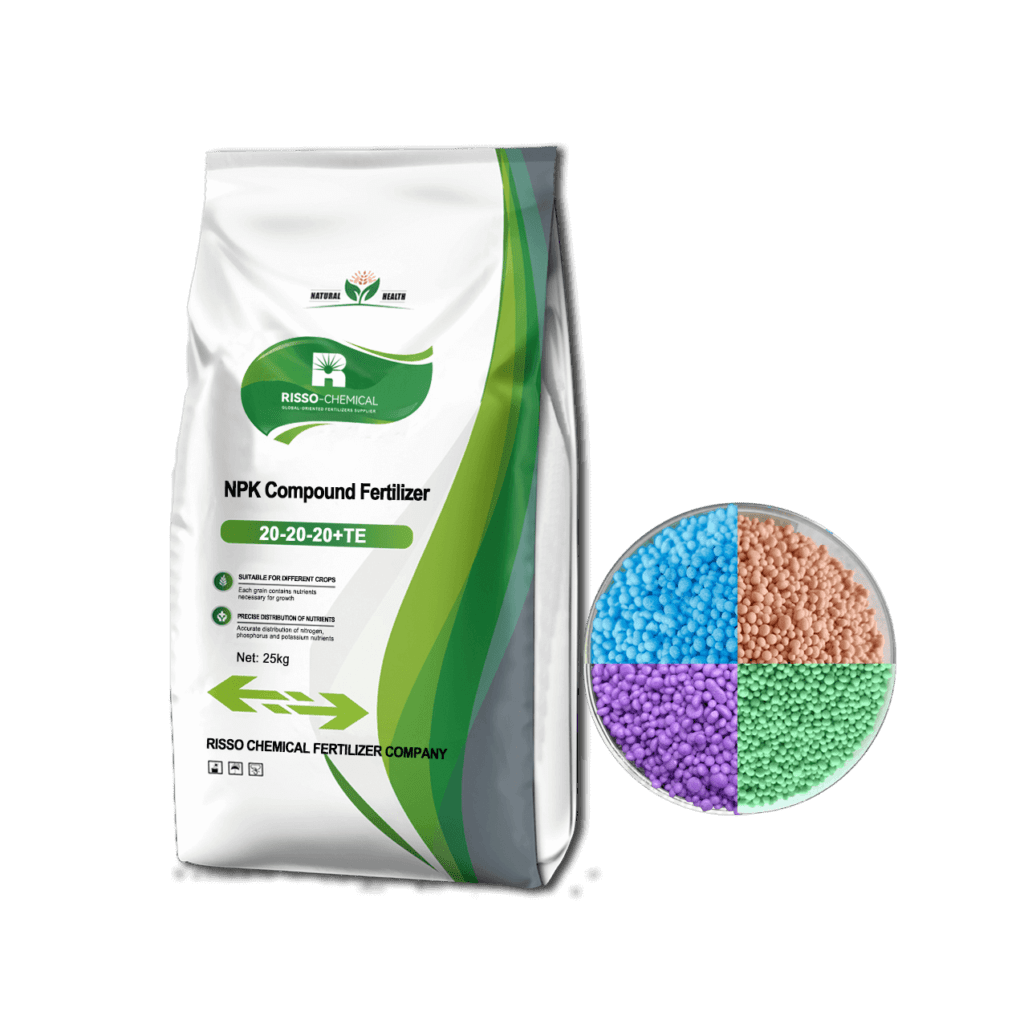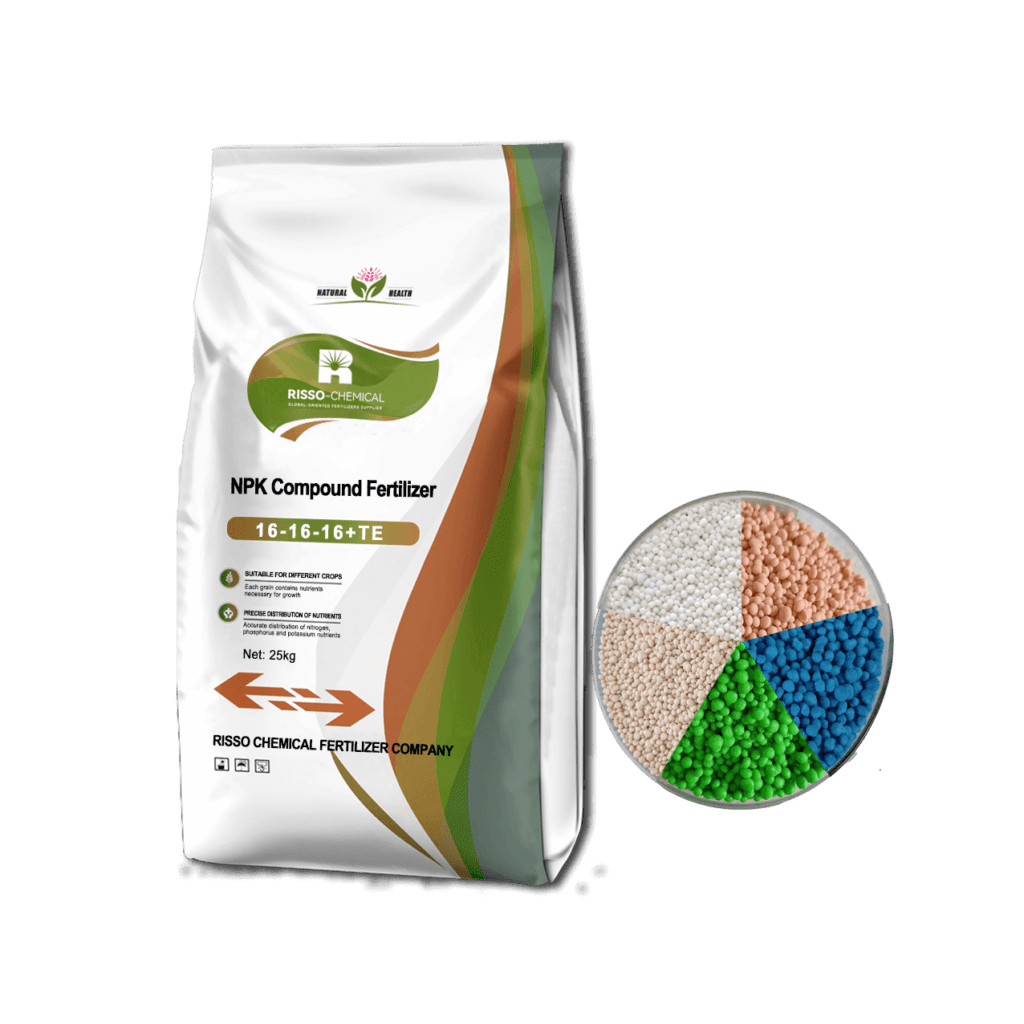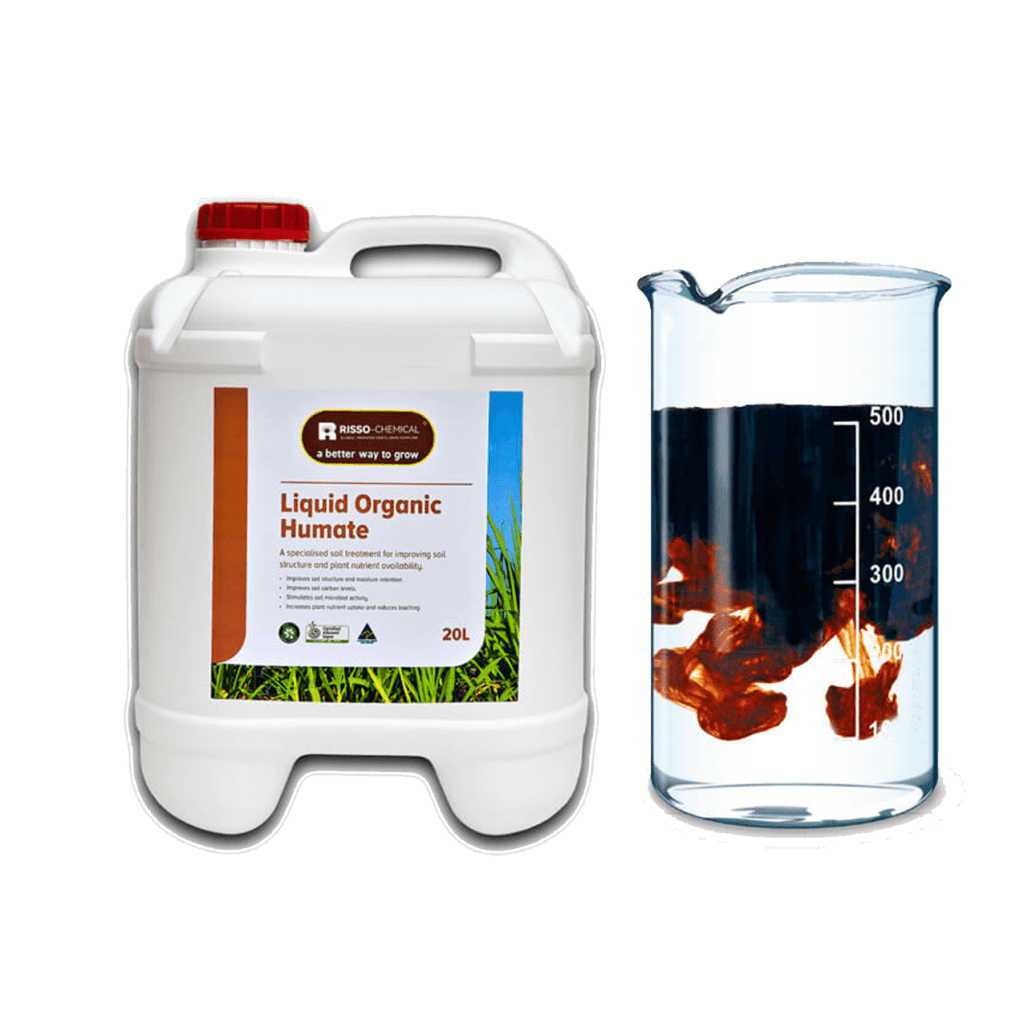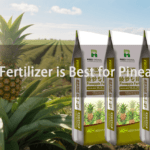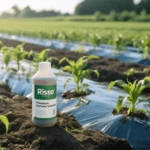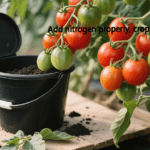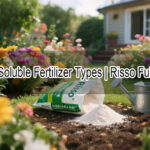Let more growers get greater benefits
Liquid vs Granular Fertilizer: Which One Boosts Yield?
- Industry News
- December 10, 2023
- 11:52 am

Fertilizers play a critical role in maintaining soil fertility and supporting healthy plant growth. Among the most widely used types are liquid fertilizers and granular fertilizers. While both deliver essential nutrients to crops, their differences in application, efficiency, and cost can significantly affect your farming strategy and productivity.
If you’re searching for the best fertilizer for crop production, this in-depth comparison will help you decide which type of fertilizer aligns with your farming needs.
Table of Contents
🌱 1. What Is Granular Fertilizer?
Granular fertilizers are dry, pellet-like compounds that release nutrients over time. These fertilizers are often designed to provide a slow release of nutrients, which makes them ideal for maintaining long-term soil health.
Typical form: Pellets or granules.
Release rate: Slow-release, provides nutrients over a longer period.
Best for: Long-term application where plants can absorb nutrients gradually.
2. Benefits and Drawbacks of Granular Fertilizers
Benefits of Granular Fertilizer
| Advantage | Details |
|---|---|
| Slow-release nutrients | Provides steady nutrition over time |
| Cost-effective | More affordable in bulk purchases |
| Long shelf life | Less spoilage and longer storage |
| Ideal for large-scale farming | Covers wide areas with fewer applications |
Limitations of Granular Fertilizer
| Limitation | Impact |
|---|---|
| Slower absorption | Not suitable for rapid nutrient correction |
| Uneven distribution risk | Requires proper spreading equipment |
| Less effective in compacted soils | Difficult for nutrients to reach roots quickly |
💧 3. What Is Liquid Fertilizer?
liquid fertilizers are typically dissolved in water and applied to plants either through foliar feeding or soil irrigation. These fertilizers are known for providing fast-release nutrients, making them a great option for quick nutrient uptake.
Typical form: Liquid concentrate, can be mixed with water.
Release rate: Quick-release, providing immediate nutrient supply.
Best for: Immediate nutrient needs and foliar applications.
4. Benefits and Drawbacks of Liquid Fertilizers
Benefits of Liquid Fertilizer
| Advantage | Details |
|---|---|
| Quick nutrient uptake | Immediate improvement in plant health |
| Perfect for foliar feeding | Direct leaf absorption for faster effect |
| Great for small plots or targeted areas | More efficient on a per-acre basis |
Limitations of Liquid Fertilizer
| Limitation | Impact |
|---|---|
| More frequent applications | Requires more labor over time |
| Higher cost per application | Especially for premium liquid blends |
| Shorter shelf life | May degrade or separate during storage |

⚖️ 5. Liquid vs Granular Fertilizer: Full Comparison Table
To help you choose the right fertilizer type for your crops, here’s a comprehensive comparison of liquid fertilizer vs. granular fertilizer:
| Category | Granular Fertilizer | Liquid Fertilizer |
|---|---|---|
| Nutrient Release Speed | Slow-release | Quick-release |
| Absorption Rate | Gradual through soil | Rapid via leaves and roots |
| Application Tools | Spreaders (broadcast, drop) | Sprayers, fertigation systems |
| Ease of Use | Needs even distribution | Easy to apply and mix |
| Shelf Life | Longer (months to years) | Shorter (weeks to months) |
| Frequency of Use | Once or twice per season | Biweekly or monthly |
| Cost | Lower cost per acre | Higher cost per gallon |
| Precision | Less precise unless banded | Highly precise (spot treatments possible) |
| Best For | Long-term nutrient programs | Quick nutrient correction |
| Soil Compatibility | Suits well-drained soils | Better for poor or dry soils |
💡6. Do Liquid and Granular Fertilizers Contain the Same Nutrients?
Both types of fertilizers provide key macronutrients:
| Nutrient | Function in Plants |
|---|---|
| Nitrogen (N) | Encourages green leafy growth |
| Phosphorus (P) | Supports strong roots and flowering |
| Potassium (K) | Boosts disease resistance and water use |
Example: A 20-20-20 fertilizer contains 20% nitrogen, 20% phosphorus, and 20% potassium. These ratios are consistent across liquid and granular forms.
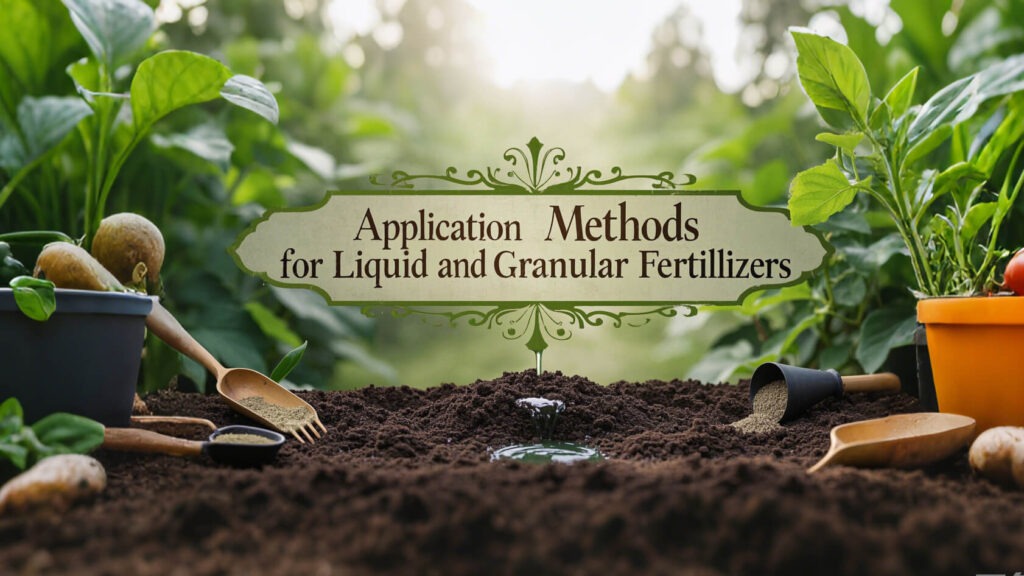
💡 7. Application Methods for Liquid and Granular Fertilizers
Granular Fertilizer Application Methods
| Method | Description |
|---|---|
| Broadcasting | Spread evenly over soil using a spreader |
| Banding | Apply in rows/trenches near seed roots |
| Side-dressing | Add nutrients next to established plants |
| Top-dressing | Surface apply around mature crops |
| Fertigation (after dissolving) | Inject through irrigation |
| Seed Coating | Attach granules directly to seeds |
Liquid Fertilizer Application Methods
| Method | Description |
|---|---|
| Foliar Spray | Spray directly onto leaves for rapid uptake |
| Fertigation | Apply through drip irrigation or sprinklers |
| Soil Drench | Pour or spray on soil for root uptake |
| Seed Treatment | Soak or coat seeds before planting |
| Banding/Side-dressing | Apply along crop rows in liquid form |
🌟 8. Which Fertilizer Type Is More Profitable for Farmers?
Choosing the right fertilizer type depends on your crop goals, soil condition, and budget. Here’s a quick decision guide:
| Scenario | Recommended Fertilizer |
|---|---|
| You want fewer applications per season | Granular |
| Your crops need a fast nutrient boost | Liquid |
| You’re farming a large acreage | Granular (bulk savings) |
| Your soil has low water retention | Liquid (better uptake) |
| You’re growing high-value crops | Liquid (precision feeding) |
| You’re mixing into an irrigation system | Liquid or dissolved granular (fertigation) |
✅ 9. Recommended Fertilizer: Why Risso® Is the Right Choice
Looking for a high-performance fertilizer that fits both granular and liquid programs?
Choose Risso® Fertilizers—Trusted by Progressive Farmers
| Risso® Advantage | Details |
|---|---|
| Balanced NPK formulas | Ideal for fruit, vegetables, cereals, and oilseeds |
| Fast absorption | Great for foliar and fertigation systems |
| Granular & liquid options | Full flexibility for your farm |
| Backed by agronomic expertise | Custom formulations available |
💬 Boost your yield with Risso® Fertilizers — Contact us today for tailored product advice and bulk order discounts.
Conclusion
In summary, both liquid and granular fertilizers play important roles in crop production. The choice between the two depends on factors like nutrient release rates, application methods, and cost-effectiveness. By understanding these differences, you can make a more informed decision and optimize the fertilization process for better crop health and increased profitability.
Recommended Brand: Risso® Fertilizer
- Article
What will you get when touch?
✔ Quick & helpful reply within 6 hours.
✔ Tailored solutions for your project.
✔ One-stop product, tech, market
TRENDING
Want to find a China fertilizer manufacturer?
Risso will be your best choice; send us your request for your fertilizer details requirement.
TAIAN RISSO CHEMICAL FERTILIZER CO.,LTD
- Address: High-tech Development Zone, Taian City, Shandong Province
© Copyright 2017 RISSO CHEMICAL. All Rights Reserved.



